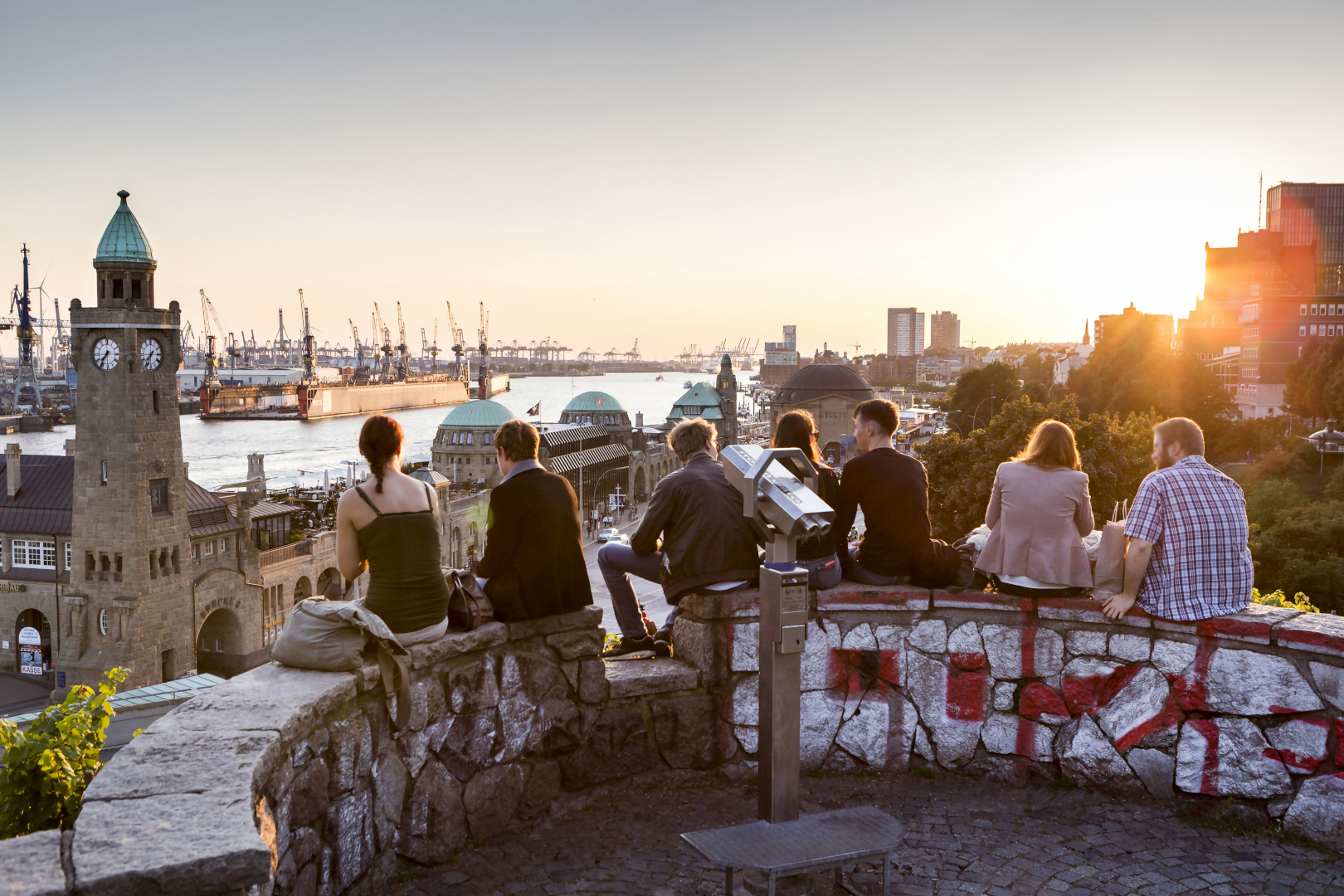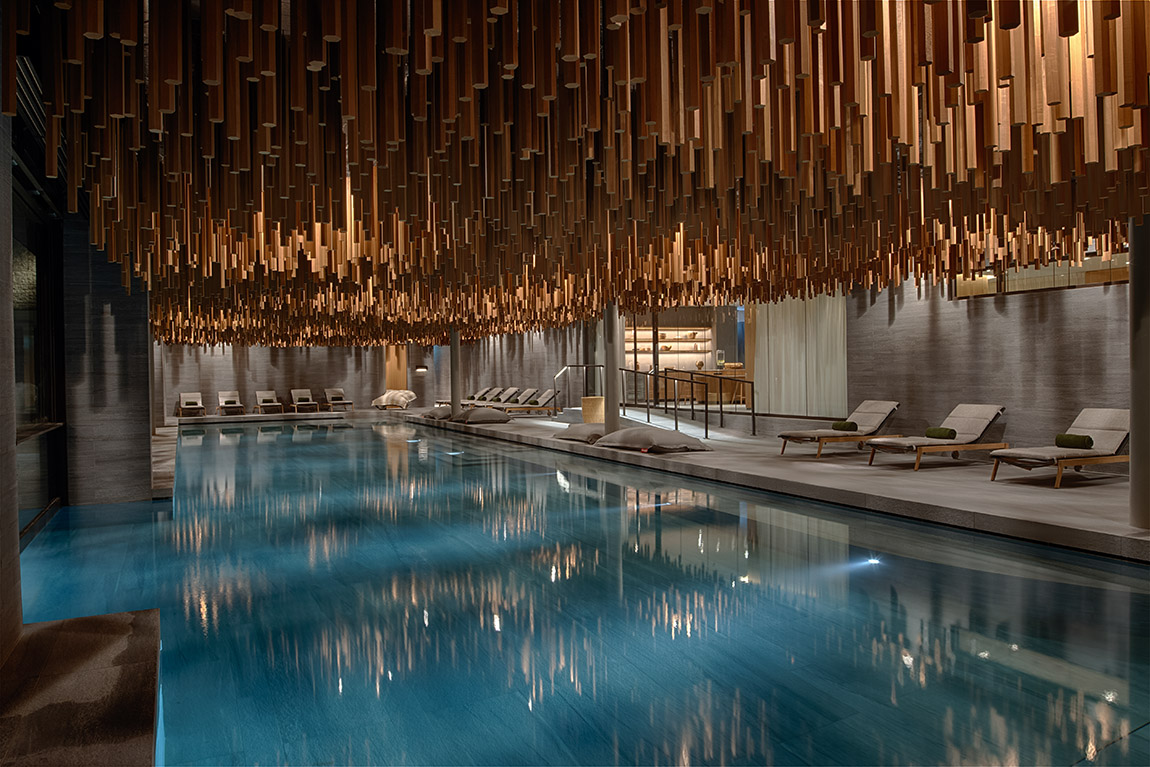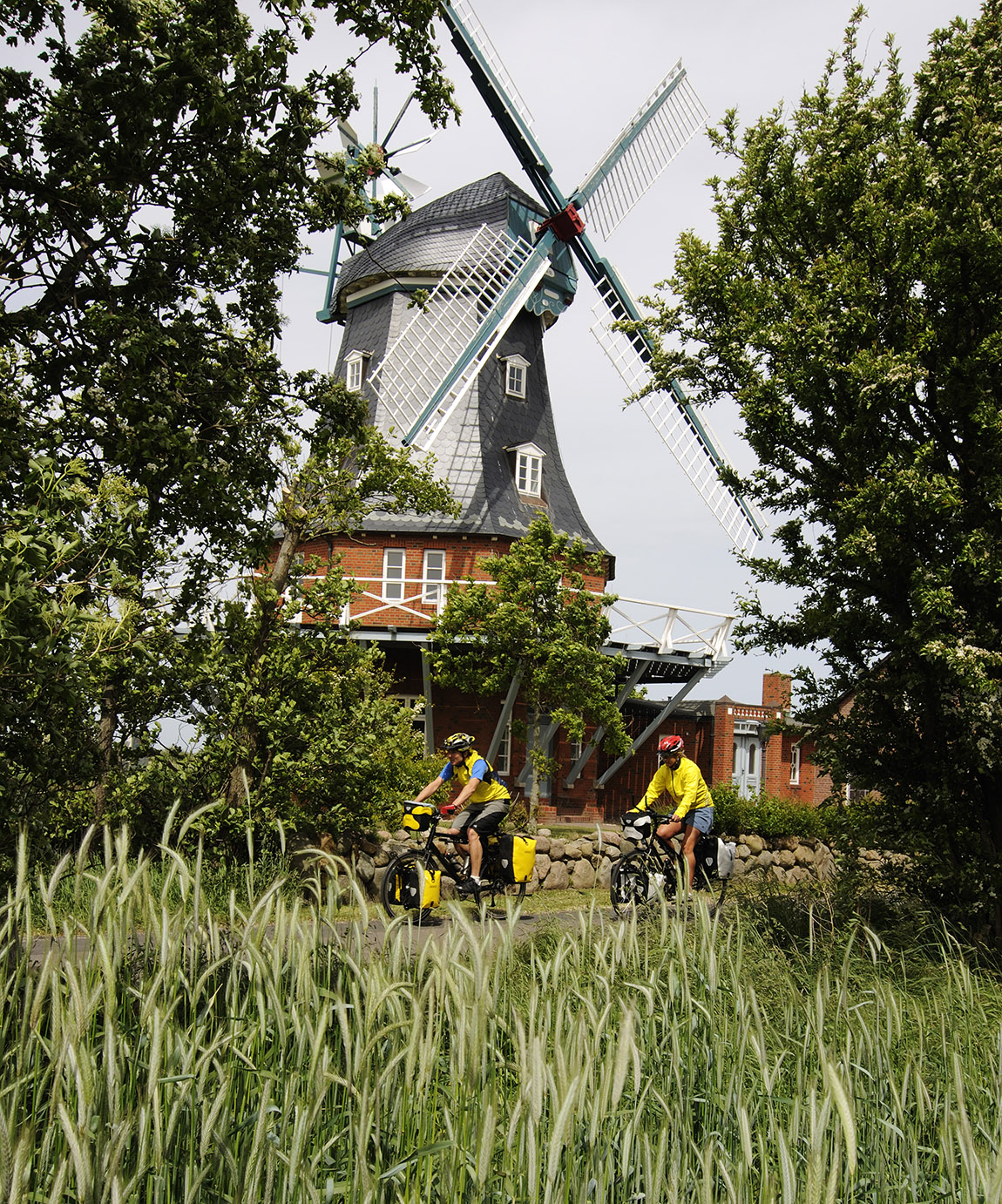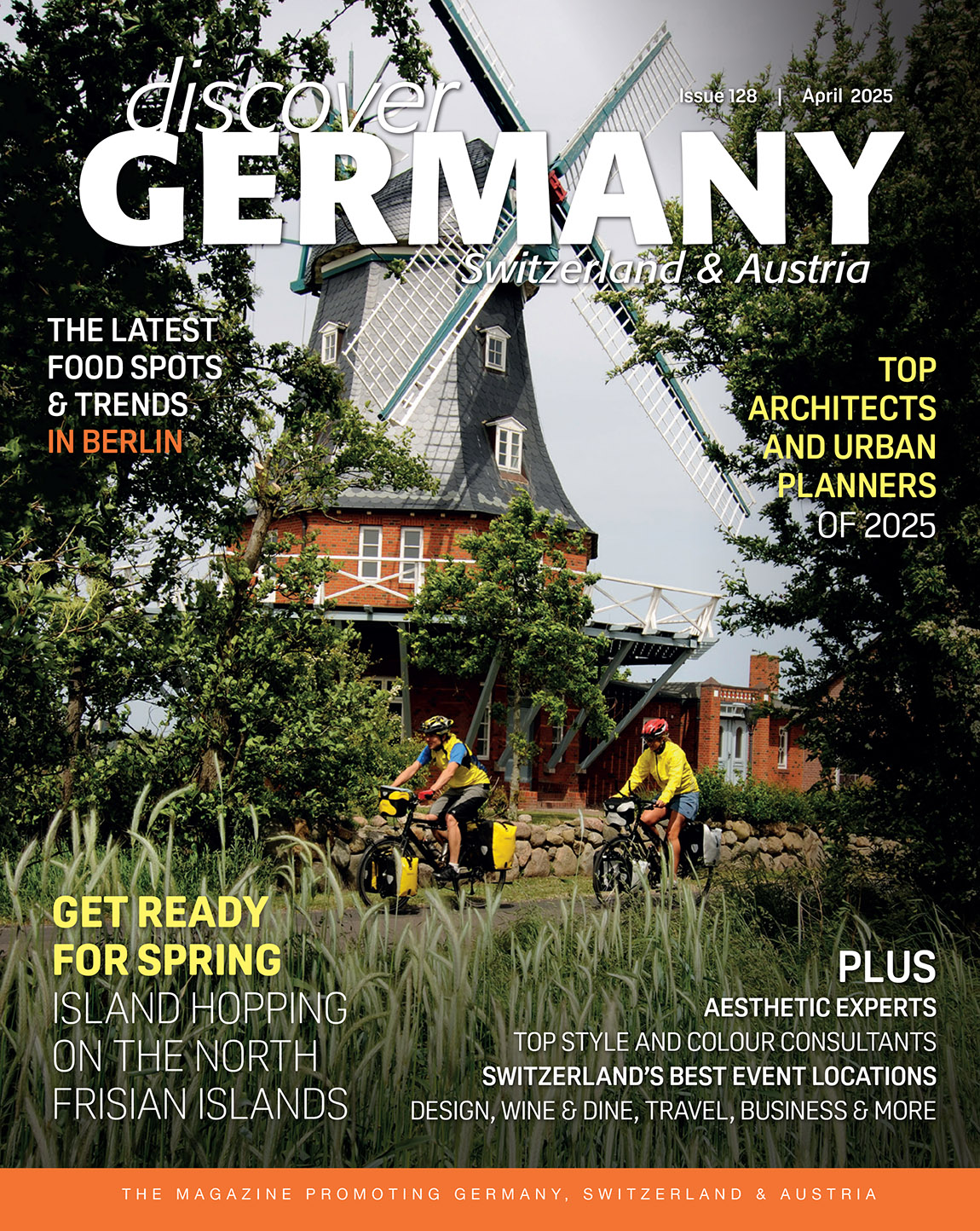The northern face of Germany

While the borders of what we call Northern Germany are not clearly defined, its culture and history are more than distinct. There is a very specific, recognisable feel to the way things work up north and both tourists and residents will testify to its irresistible, inimitable charm.
When we discover the northern part of Germany, the first thing we have to acknowledge is that we cannot really locate it geographically. Sure, logically it should just be the north of Germany, but immediately questions arise. How far south does it stretch? What about sub categories? What characteristics give a region or city the right to be called northern?
Over the years, there have been various ways of finding the north. One of the most common methods of decoding it is to only take the regions into concern, that originally spoke so-called Low German. However, the lines are blurred instantly as this language or dialect was also spoken in the Netherlands and is therefore influenced by Dutch words. Of course, one could also focus on the national states that border on the northern seas. But what about Lower Saxony, which is so large that its southern parts may not be qualified to be northern? As you can see, arguments can be made for and against these ideas and many more, but in the end a common decision will not be taken. Maybe after all this decision is not even needed, as geography is not the only means to peek behind the curtain that is Northern Germany.

Old warehouse town Hamburg. © Ingo Boelter
A defining history
Maybe in order to decipher the north, we have to look into its past. Fortunately, or unfortunately, the history of Northern Germany allows us to not only do that in a small way, but to go way back.
Close to the city of Brunswick, historians have found hunting weapons and bone fragments dating back around 400,000 years and belonging to the extinct species of Homo Erectus, who was our prehistoric precursor. However, it took our ancestors until 4,000 BC to really settle in, start farming, building and socialising. When it happened, a mysterious civilisation was born and it was the Romans who coined the wording ‘Germanic tribes’ for it. Needless to say, this wording has sustained until the present, as we still refer to ourselves as Germans.
Next to our name, one of the most impressive historic leavings of that time are more than 900 megalithic stone constructions, so called dolmen, which we can still visit today. Whether they were used as tombs, holy worshipping sites or border markings, we will never know, but what we know is that building these dolmens must have taken a great deal of muscularity and knowledge in physics.

Harz Forest. © Peter Hamel
A place to be
If you wanted to be at the pulse of time and experience the defining periods of Germany and the European continent, living in the north of Germany would put you right in the middle of it all. We have already mentioned the Romans, but let us see who else visited the north over the centuries. Vikings? Sure, they were here. Pirates? No problem, there is legendary buccaneer Klaus Störtebeker, who was the Robin Hood figure of his time. Traders and merchants? Most definitely. Lead by traders from Lübeck, the unofficial capital of the northern states, the Hanseatic League (or Hansa) arose and brought wealth and fortune to all harbour cities.
For better and for worse, Northern Germany experienced every major historical trend first hand. The Black Death or pest, cholera, invasions from France and Britain and, of course, the darkest of times of the 20th century: the First and Second World War and the separation of Germany.
Always worth a visit
Nowadays, a relaxed positivity prevails, making the north the perfect place for tourists and visitors. Here is a region where you can do most anything. From the islands in the North Sea, with their stormy frontiers and exquisite animal life, to the big cities, most prominently Hamburg, one of the major cities in the country. From the beautiful landscape of the Luneburg Heath, to the exhilarating adventures in the Heide Park. From the Harz to the Weser Uplands to the relaxation of Mecklenburg Vorpommern and the Baltic Sea. The list could go on forever, but in the end there is one thing to be realised: the north is diverse. And while it cannot be defined, it must be experienced.
TEXT: THOMAS SCHROERS
Subscribe to Our Newsletter
Receive our monthly newsletter by email




